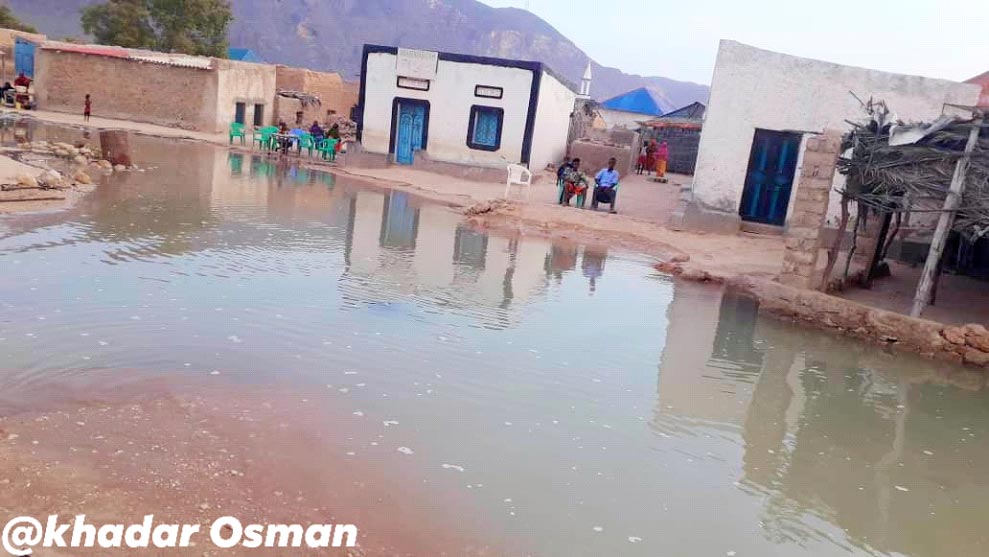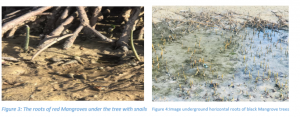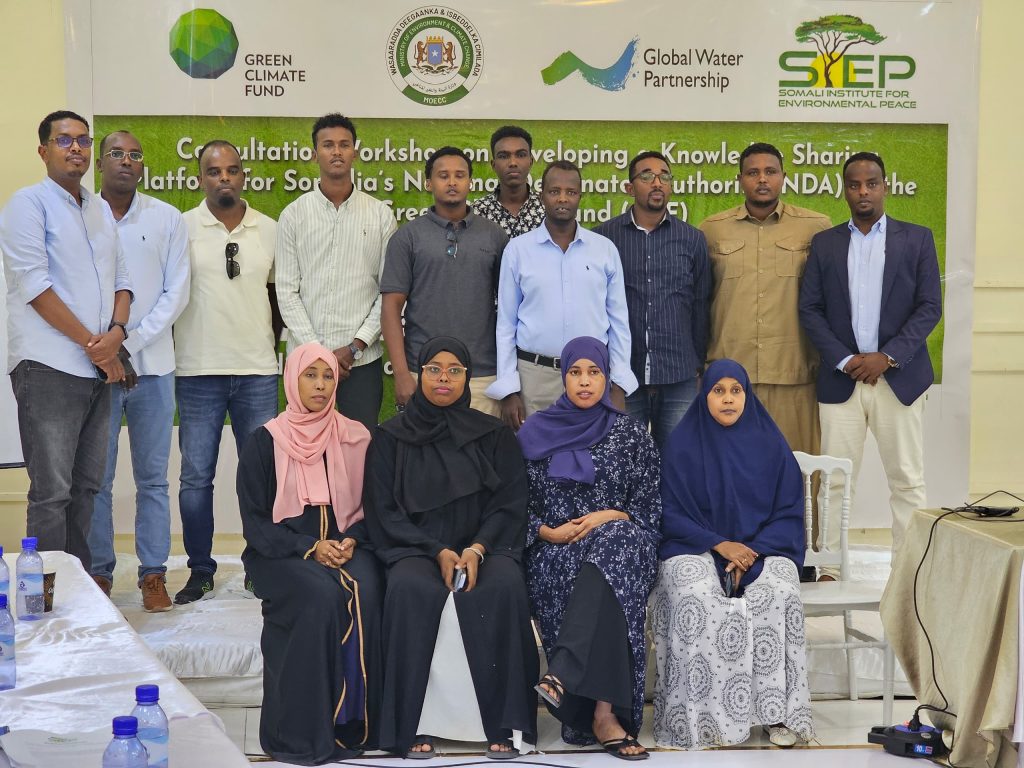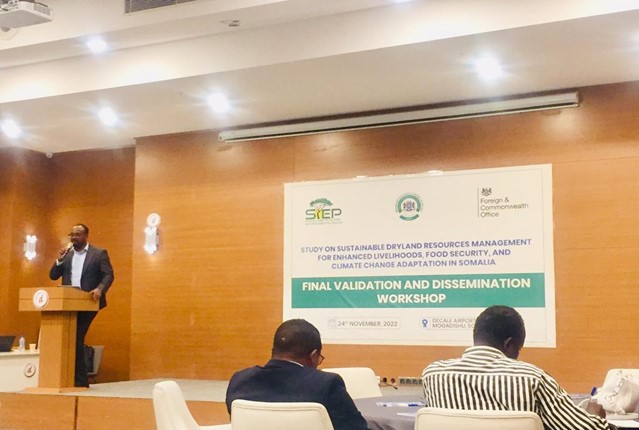
Gurdaful is Italian name which means (Keep distance from the Horn) this came when Italian colony was controlling the horn of Africa maritime route, this area is the tip horn of Africa (Somalia) and it’s the northern part of the country currently known as Bari region in Puntland State of Somalia Is the major areas for the fishing sector of the country, international illegal fishers made this area attracted Somali pirates after so many illegal fishing activities occurred, this area is where the most affected areas by the overfishing,
Community Livelihoods
Generally, the region is major destination for fishing as the region is the custody of the so many fish sensitive areas due to the meeting point of the Red sea and the Indian Ocean and mountainous landscape exports of fishery products only account for around 3% of total exports and contribute about 2% to GDP. Household income in the sector also fluctuates by season, with fishers earning $1.5 USD per day during monsoon season and an estimated $40 USD per day during fishing season
The main resources of the region are, Frankincense – produces more than 1.5 million kg of various types – Maydi, Beeyo, Falaxfalax and sweet gum (Xankookib). Fish production is high, more than 50,000 tons of fish every month, Date Palm, in the region there are 258,000 date palm trees that, if developed, can produce enough dates to the entirety of Somalia
Situational analysis of the area
Data, law enforcement and policy development are practically non-existent in the sector, as there is currently no government, institutional infrastructure and regulatory capacity in the country. Despite the variety of fish resources, poor processing facilities, poverty, old fishing gear and the isolation of fishing communities all highlight the weaknesses prevalent in the sector. While a legitimate transitional government has been established, security remains fragile, as both the presence of piracy and an on-going insurgency have constricted economic development. Due to the lack of monitoring capacity, fishing and waste disposal by foreign vessels has also become problematic along the coast.
Effects of Sea level rising by Climate change on Murcanyo coastal village in Somalia
Global temperatures and sea levels are rising. Low-lying coastal cities are already experiencing devastating floods and working to come up with creative solutions to combat rising tides. Some cities are sinking due to increasing sea levels slowly encroaching on their coasts, while others are sinking because of excessive groundwater pumping that creates a change in pressure and volume that causes land to sink.
In Murcanyo coastal village for the last 3 years people in the area were dealing with some degree of sea level rises, most of the historic buildings near the beach has already submerged by the sea, as well as the small teashops where the village in habitants use to manage their daily living, As one of the community elders mention, this incidents was rapidly increasing day after day, so many people now are homeless after their shelters was taken away by the sea, in our villages we are now having refugees and IDPs, said community elder.
As you see, inside the village is full of water, we don’t know when will be the next wave of the sea rising, we are worried, we have shared this stories with so many organizations and the government entities, but unfortunately we haven’t seen any help so far or any organizations wants to report at least.
The community doesn’t have any clue what is going on as they don’t understand global warming and climate change by the human intervention to the nature, the number of communities so far affected by the sea level is getting bigger and uncertainty

Murcanyo villages submerged by the sea level rising, These photos is the courtesy of Murcanyo Media.

Climate change will undoubtedly present one of the most significant risks to Somalia’s sustainable development objectives over the next decade as sea levels rise, too does the livelihood that the success of these burgeoning regions will be washed away as food production will decrease, access to clean water will be curtailed, catastrophic storms will become more prevalent and more harmful, Acidification will spread, and the Somalia’s already limited ability to mitigate these and related disasters will falter.
By substantially increase sea surface temperature, climate change about more violent cyclones activity and storm surges on coastlines, generating higher wind speeds and heavier precipitation, which make disaster forecasting, preparedness and management more challenging. indeed
Community Livelihood impacts / Climate Refugees
Since the beginning of the problem the already fragile community livelihood aspects is drugged to poverty line as they keep losing their source of income and properties, almost all the people of Murano and District Alula lost their properties like houses, fishing boats as well valuable land, based Murcanyo Media and Guardafu Media, close to 350 households have already living in the temporary camps in Alula and Murcanyo after their houses submerged due to sea level rise. See below https://youtu.be/ho5uDZ1GvKA
| No. | Area | # Victim H. Hold | Type of | Total |
| 1 | Murayo | 180 HH | Propt. Lost | 180HH |
| 2 | Alula | 170 HH | Propt. Lost | 170HH |
| Total | 350 HH |
All most all of these 350 households are currently living under small houses made out of woods, clothes and cartoons in camps at Alula Air strip and Murcayo village, no single humanitarian agency done any humanitarian response as well as Puntland state has rather visited those people as per their testimony in the above link.
The people of Alula and Murayo has called for help long ago but international humanitarian actors and UN Agencies yes to respond those affected people by Climate change and global warming which they have no role at all and nothing to do it.
These climate refugees require very urgent long-term intervention by the Somali Government, UN, EU, AU and all international humanitarian organizations working in the Region.
Possible Intervention Against sea level rising

Mangrove offer an effective buffer against coastal vulnerability to storm surges by obstructing the flow of water and hence attenuating inundation. Therefore, they can play same role as infrastructure designed to protect coastal areas from such extreme events as storm surges and cyclones. Notably, Mangrove rehabilitation project can be two to six times cheaper than other protection infrastructure. However, Mangrove varying tolerance to salinity, depending on the species. Flooding, deforestation, and increases in ocean surface temperature that raise the salinity of inland water are increasingly putting mangroves in jeopardy and further weakening the already fragile adaptive capacity of African Coastlines.
Rises in water temperature and acidification levels damage many fish species physiology, including their size and reproductive capacity, therefore, their market value. relatedly, changes in water temperature causes species to migrate and diminish the number and the size catches.



